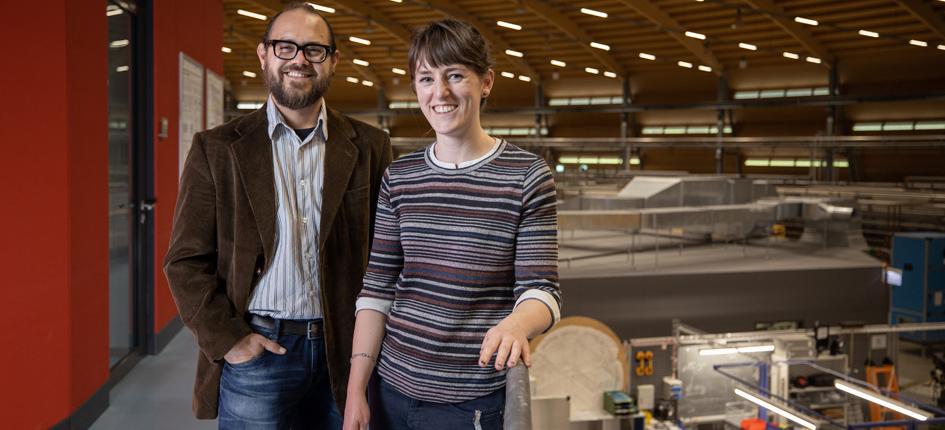Magnetism is useful for many areas of everyday life. For example, it is hardly surprising to see a magnet fixed to a refrigerator door these days. However, researchers do not yet fully understand magnetic structures in the nanometer range. Nevertheless, researchers at the Paul Scherrer Institute (PSI) have now made an important step forward in this area together with colleagues at the Swiss Federal Institute of Technology in Zurich (ETH) in addition to a research team based in the UK.
The research group has managed to record a 3D film on the subject of magnetic processes in the nanometer range, as detailed in a press release. It reveals a variety of dynamics in the material, including the motion of swirling boundaries between different magnetic domains, among other aspects. For the researchers, the transitions between these magnetic domains are above all of interest. “People have proposed using them as memory bits, which could possibly be used to pack data even more tightly than when using the domains”, comments Claire Donnelly, Lead Author of the study.
This visualization was made possible by a tomographic method developed with the help of x-ray light from the Swiss Light Source SLS at PSI. With this method, the researchers were able to “non-destructively scan the material and from the data reconstruct several successive 3D images of the inner magnetic structure”, explains PSI researcher Manuel Guizar-Sicairos.
“With this method, we have not just achieved time-resolved 3D movies of the interior of an object. We also have been able to map the nanoscale dynamics in a magnet. In other words, we have shown that our new technique is really relevant to the development of new technology”, Donnelly adds. According to the researchers, the method could be used for other materials, which would therefore open up additional useful applications in the future.






